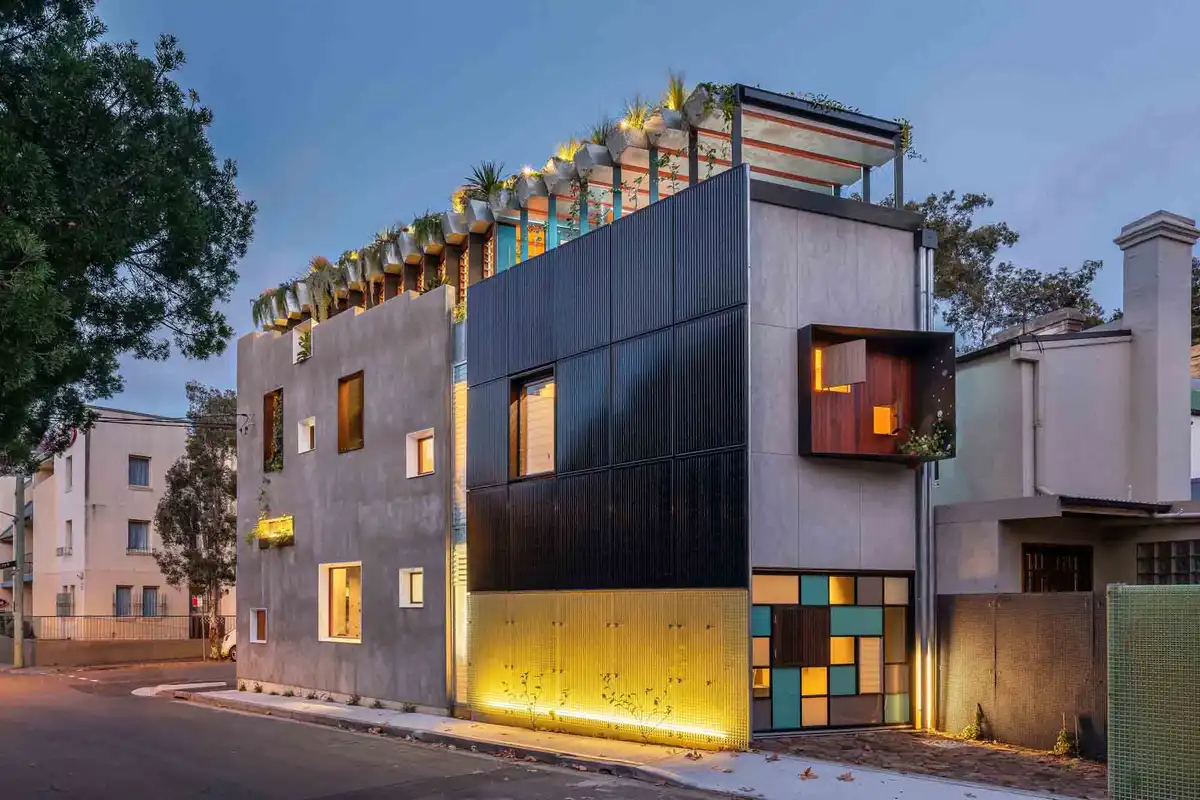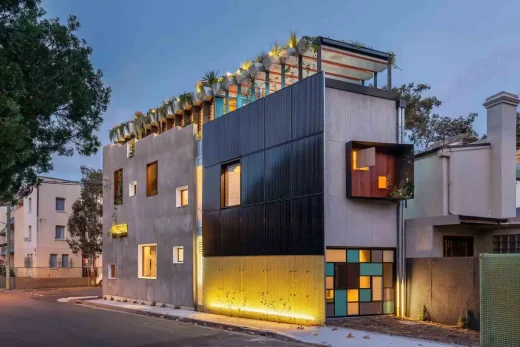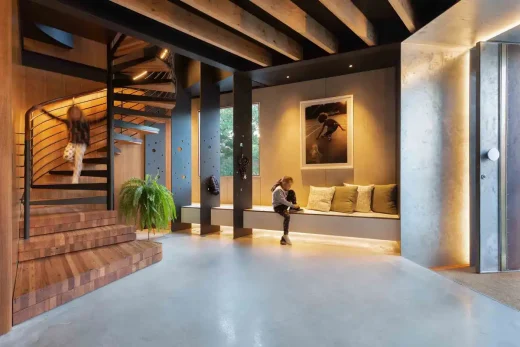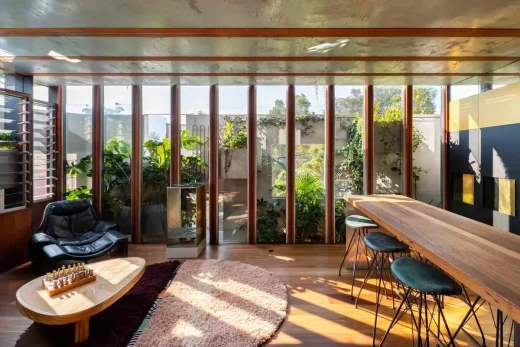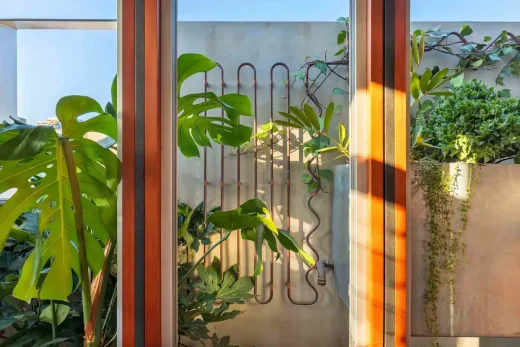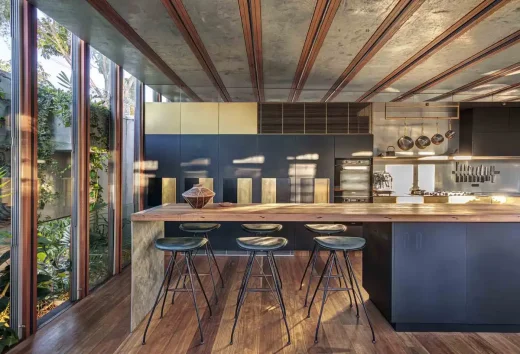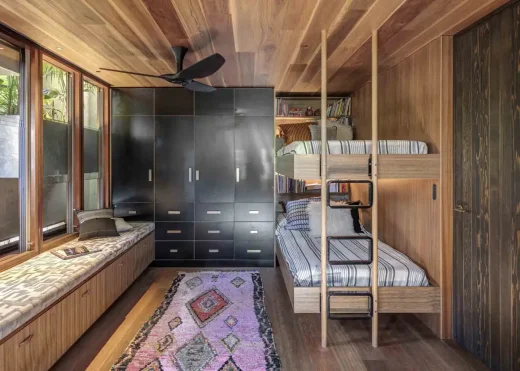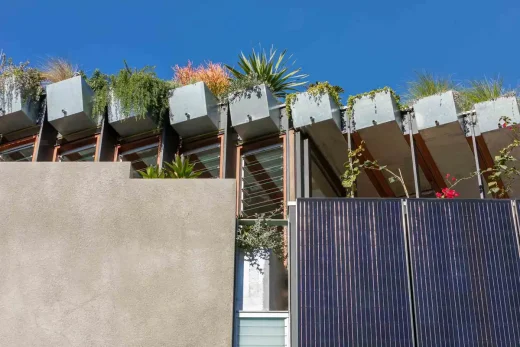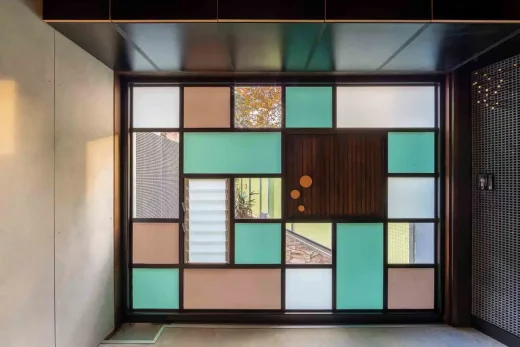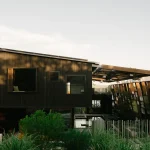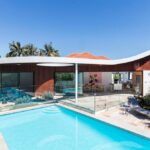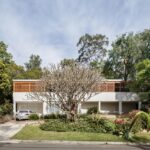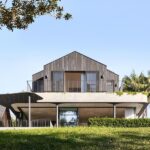Welcome to the Jungle House, Sydney, New South Wales home photos, Australian modern property
Welcome to the Jungle House in Sydney
The fully-operable glass inner skin of the home is inset from the outer punctuated masonry façade, providing natural light and good privacy. This interstitial zone uses planter beds to provide greenery and cooling.
Design: CplusC Architects+Builders
Location: Darlington, Sydney, NSW, Australia
Photos: Murray Fredericks and Michael Lassman
14 December 2024
Welcome to the Jungle House, Darlington, Sydney, NSW, Australia
Built within a rejuvenated heritage façade of rendered masonry, steel, timber and greenery, the Welcome to the Jungle House is situated in an inner-city heritage conservation area typified by late Victorian row terrace housing and post-industrial warehouse conversions. A two-storey shop top house in disrepair and close to collapse originally occupied the 90sqm triangular site.
The original spackled rendered masonry façade had cultural and streetscape significance to the local heritage conservation area and its necessary reconstruction was managed under strict heritage controls. Original window openings have been framed in pre-rusted steel and juxtaposed with new openings framed in gloss white powder coat steel. A black photovoltaic panel array signals the new addition to the original northern façade, harnessing sunlight throughout the day, acting as a billboard for the sustainability attributes of the architecture and starkly contrasting the original rendered heritage facade.
The fully operable glass inner skin of the home is inset from the outer punctuated masonry façade, providing an abundance of light and outlook whilst maintaining privacy from the public realm. This interstitial zone provides passive thermal regulation across the upper floors with planter beds ‘floating’ in between the glass and masonry skins to provide outlook to greenery and cooling to internal spaces via transpiration. The floating planter beds are also an integrated structurally engineered solution to the lateral bracing needs of the masonry wall.
The rooftop is constructed of steel planter beds which provide deep soil for native plants and fruit and vegetables. The garden beds are irrigated with from the fishpond providing nutrient rich water created by the edible silver perch (fish).
The journey from ground to roof begins with the raw textures of burnished concrete and fibre cement panels, ascending a steel and recycled timber stair to the bedroom and bathroom level finished in rich and warm timber boards lining the floors walls and ceilings. The upper floor living space continues with timber flooring and recycled timber island/dining bench to warm the space. The kitchen has been assembled from an array machined and polished metals contrasting the concrete and timber finishes of the floors below.
Unpolished stainless steel and brass and gold anodised aluminium glow and glean light revealing their factory finishes. A colonnade of thin steel blade columns supports the roof above and have been deliberately staggered perpendicular from the buildings edge to provide shade from the afternoon sun to keep the building cool in Summer without the need for mechanical shading devices. Above are the hot dip galvanised planter beds which forms the roof structure in its entirety. These structural roof ‘troughs’ are the roof beams spanning up to 8.5M while holding deep soil for the planter beds, exposed at their bases to create the industrially raw ceiling finish below, a detail complimented by the factory finishes of the kitchens stainless steel and brass.
Passage through an oversized hot dip galvanised steel shroud delivers occupants to a cavernous ground floor which serves as a home office, a play space for children and informal guest accommodation. Laneway access opens to a workshop area and garage to park and charge the electric car from the battery storage system. Passionfruit vines installed over fibre reinforced plastic grating adjacent to the footpath will bear fruit for the local community to enjoy, a symbolic gesture of an architecture attempting to give more than just an aesthetic.
A central spiral staircase optimises the limited active footprint of the site and stretches across all three floors, also acting as a lightwell using the stack effect to draw cool air from the concrete slab and masonry wall spaces of the ground floor up through the bedroom and living spaces above, pushing hot air out the operable glass skin on the top floor in the warmer months. The centrally located stair allows the first-floor circulation to be kept to a bare minimum with 3 bedrooms, a bathroom, toilet and laundry all accessible from only a few metres of hallway.
Three young children share a barrack of bunk beds spread across two bedrooms, separated by oversized bifold timber doors which fold away during playtime or sleepovers. Low seating doubles as storage and allows the children to sit, draw and play alongside the bubbling aquaponics fishpond, watching the fish that provide nutrients to the fruit and vegetables that the home provides, fish, fruit and vegetables that they consume. The architecture has made a very deliberate attempt to connect the children directly with their food sources to counter the detachment from food sources that current city dwelling generations have developed as a result of our unsustainable industrialised farming systems.
The master bedroom is situated in the tightest wedge of the site, w a dual outlook and balancing neighbours’ privacy with an oversized timber pivot window to borrow a view of the canopy from a nearby tree. The pivot window has smaller windows within to allow for ventilation and privacy when reading and sleeping.
Compressing the lower two levels of the home allowed an open plan upper floor level space which peeks out above the existing masonry parapet capturing sweeping panoramas of the city skyline. Dappled sunlight pours through the nearby tree canopies throughout the day, with warm ever-changing shadow play on the timber flooring and reflecting and refracting light and rainbows on the ceiling through the array of glass louvres. An expansive aperture captures the rustling of gum trees and cool winds gliding above the prevailing roofline of the surrounding blocks, pulled in by the fully operable glass inner skin. An island bench both divides and unites the space providing abundant meal preparation space and seating for enjoying meals with friends and family, leaving the formal dining table in the history pages where it belongs.
A fold down ladder at the outdoor living area provides access to a roof garden for growing the family’s fruit and vegetables, composting food scraps and producing worms for the garden and to feed the fish. The roof is shared with a perimeter of native Australian plants and desert grasses which filter stormwater for the aquaponics pond. The native plant perimeter acts as the green top hat of the dwelling, providing a conceptually integrated roof with multiple functions and expressing the aesthetic benefits of rooftop landscaping and gardens in the city to the public.
The home includes an aquaponics system, a green roof fed from nutrient rich water pumped from the fishpond, a solar panel facade system with battery storage and rainwater harvesting systems. The project increases renewable energy production and urban greenery, as well as encourages more effective environmental solutions.
The dwelling acts as a beacon of sustainability within its community where landscape, food, nature, garden, environment, energy, waste, water and architectural aesthetic exist symbiotically. The house draws daily crowds from commuters, engineering and architecture students en-route from public transport hubs to the nearby University of Sydney, often enquiring about a visit to learn about the innovative environmental systems. The concept was very deliberate in promoting integrated sustainability in architectural design to image obsessed generations of students. With a family of five devoted to positive and sustainable architecture the Welcome to the Jungle House presents a future model for inner-city living.
Welcome to the Jungle House in Sydney, NSW – Building Information
Architects: CplusC Architects+Builders – https://cplusc.com.au/
Year completed: 2019
Scope: Renovation and conversion in a heritage context
Specs: 3 bedrooms, 2 bathrooms
Gross Floor Area: 152.5 sq. m.
Photo Credits: Murray Fredericks and Michael Lassman
Welcome to the Jungle House, Sydney, New South Wales images / information received 141224
Location: Sydney, New South Wales, Australia
Architecture in Sydney
Design: SOM and Fender Katsalidis
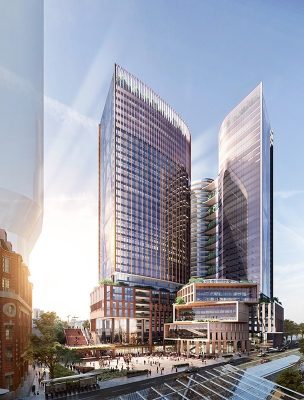
image © SOM | Fender Katsalidis
Sydney Central Station Development
Design: Foster + Partners
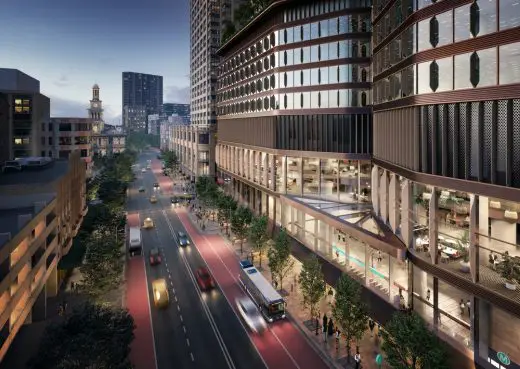
image © Foster + Partners
Pitt Street Over Station Development
NSW Properties
Architects: CplusC Architectural Workshop
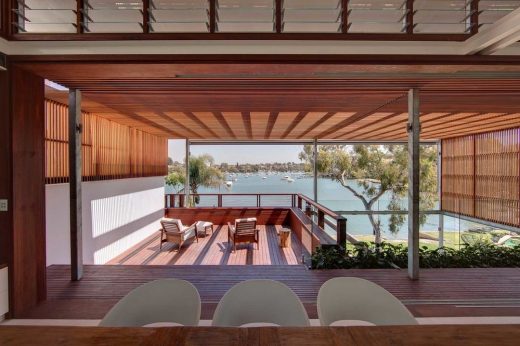
photograph : Murray Fredericks
Tennyson Point House
Architects: Kreis Grennan Architecture
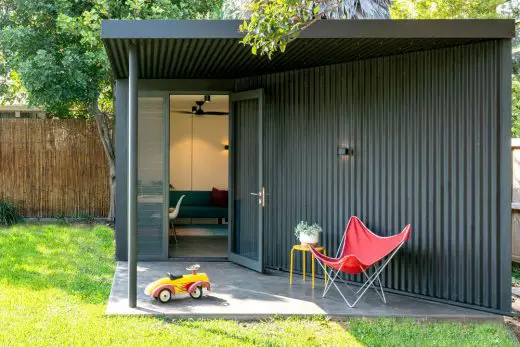
photo : Douglas Frost
YrdPod Garden House
Comments / photos for the Welcome to the Jungle House designed by CplusC Architects+Builders page welcome

